“Even if the open windows of science at first make us shiver after the cozy indoor warmth of traditional humanizing myths, in the end the fresh air brings vigor, and the great spaces have a splendor of their own.” Bertrand Russell
Note for all you TL;DR people: Check out this clip about Open Access by PhD comics.
Open Science
Open Science can be described as the movement aiming at integration of ‘open’ workflows in the whole research cycle: from the actual research, to publishing research results and data. During this session, we will mainly focus on the publication of research results (publications and data) - and to try to make these as broadly accessible as possible for as many people as possible (Open Access to research).
Based on processes and workflows already firmly established in other areas (such as software development), researchers have become increasingly aware that they are not operating in a vacuum - and that their research can reach a much wider audience than only their direct peers. Especially for the born digital generation, the possibilities for disseminating their work are no longer aligned with what the traditional research publication system (based on digital versions of paper journals, their ranking, high subscription prices and strict copyright restrictions) has to offer. On top of this, there is also an access problem - perhaps not that obvious when you’re affiliated to a research institution that can afford expensive journal subscriptions (even then it’s sometimes problematic!), but very clear when this is not the case (think about journalists, health professionals, teachers, independent consultants, SME’s, but also many researchers in the developing world …). The Open Access movement has tried to fix these issues following two, complementary, routes: encouraging researchers to deposit digital versions of their work in Open Access archives (‘repositories’) and reforming the scientific publishing system - encouraging existing and new journals to ‘go Open Access’ and don’t charge readers anymore to read the articles. This has been a relatively successful process: 5 years ago, at best 8% of all research was available in some sort of Open Access. Anno 2014, this number is up to 50%.
There were (and still are) some bumps on the way though: in some fields, Open Access awareness is still very low - and Open Access research is still often perceived as low-quality research (the fact that most Open Access journals are still very young has consequences for their ranking in traditional journal qualification systems). Copyright restrictions and strict licensing are still a big obstacle with a lot of publishers (a problem even more stringent when talking about research data and text and data mining).
Additional problems are caused by the so-called ‘article processing charges’ (APC) levied by Open Access publishers to compensate for the loss of revenue due to the abandonment of subscription charges. Ideally intended to cover publishing costs and to ensure economic viability of the publisher, some publishers charge unreasonably high APC’s - making 'author pays' Open Access a very interesting and profitable business model for scientific publishers.
The large scientific journals have found an at least questionable way to exploit Open Access commercially (‘hybrid Open Access’: charging APC’s for individual articles while not making the whole journal Open Access). Also, there has been a rise in low quality (sometimes even fraudulent) Open Access journals - charging high APC’s while not delivering on the quality standards expected by the submitting researcher.
Luckily, there are plenty of initiatives tackling these issues. Trying to do Open Access ‘the right way’ has become a subject of interest for plenty of publishers, researchers, library and research administration staff and policy makers. During this Open Science session, we’ll be hearing from 4 of them:
Bernard Rentier (Université de Liège and Enabling Open Scolarship) and Inge Van Nieuwerburgh (Universiteit Gent) will talk about the successful Open Access policy they have put in place at their respective universities: requiring researchers to deposit all their research immediately upon acceptance into the institution,s repository and providing Open Access to it as soon as possible. This policy model has been an inspiration for the very influential Open Access policies now in place at national and international level (for instance in the 80 billion Horizon 2020 programme by the European Commission). Inge will also address several of these national and international policies as well, figuring out if and how they affect Open Access adoption amongst researchers worldwide.
We’re also happy to have Brian Hole from Ubiquity Press on board: he will explain how his publishing company combines a fair business model with state-of-the-art publishing workflows. And, last but not least, there’s Joseph McArthur. As a student he was one of the developers of the Open Access Button. Now graduated, he’s one of the most active and prolific Open Access advocates around, working for the Right to Research Coalition.
Of course, we are also counting on you. What are your experiences with Open Science? Do you have any questions for the panel? Don’t hesitate to contact me this week! Tweet, mail or send me a postcard.
(oh, and I am Gwen Franck. I work for Creative Commons as Regional Coordinator Europe, and for EIFL as partner in the European Open Access projects FOSTER, OpenAIRE and PASTEUR4OA ). Occasionally I also tweet for Open Access Belgium, a collaboration between UGent and ULg).
If you want to read more, check this:



Share